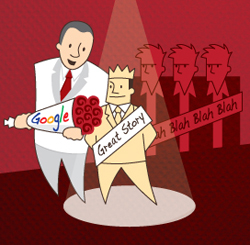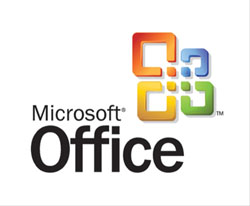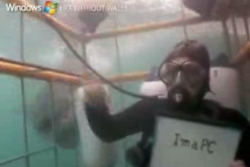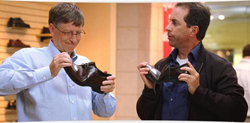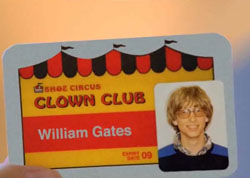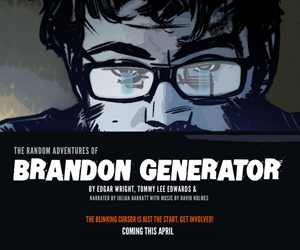
Microsoft’s “Brandon Generator” is Close, but No Cigar
Post-advertising is based on brands genuinely adding value to consumers’ lives by generously giving them valuable content. By providing rewarding experiences, brands earn the right to expose consumers to their products and services. At its core, post-advertising is about creating an audience around relevant content and then migrating that audience to relevant products and services.
Microsoft’s crowd-sourced, animated graphic novel, Brandon Generator, a stylish, Sin City type animation in which the audience helps shape the protagonist’s world, would seem to meet this definition.
Editor's picks
- Casinos Not On Gamstop
- Best Non Gamstop Casinos UK
- Best Non Gamstop Casinos In The UK
- Casinos Not On Gamstop
- Casino Not On Gamstop
- Non Gamstop Casino Sites UK
- Slots Not On Gamstop
- Online Casino Canada
- Non Gamstop Casino UK
- カジノ オンライン
- Casino Not On Gamstop
- Casino Sites Not On Gamstop
- Casino Sites Not On Gamstop
- Sites Not On Gamstop
- Casinos Not On Gamstop
- Meilleur Casino En Ligne
- UK Online Casinos Not On Gamstop
- Online Casinos
- Non Gamstop Casinos
- Casino Not On Gamstop
- Best Online Casinos UK
- Meilleur Casino En Ligne Avis
- Casinos Not On Gamstop
- Sports Betting Sites Not On Gamstop
- Casino Non Aams


